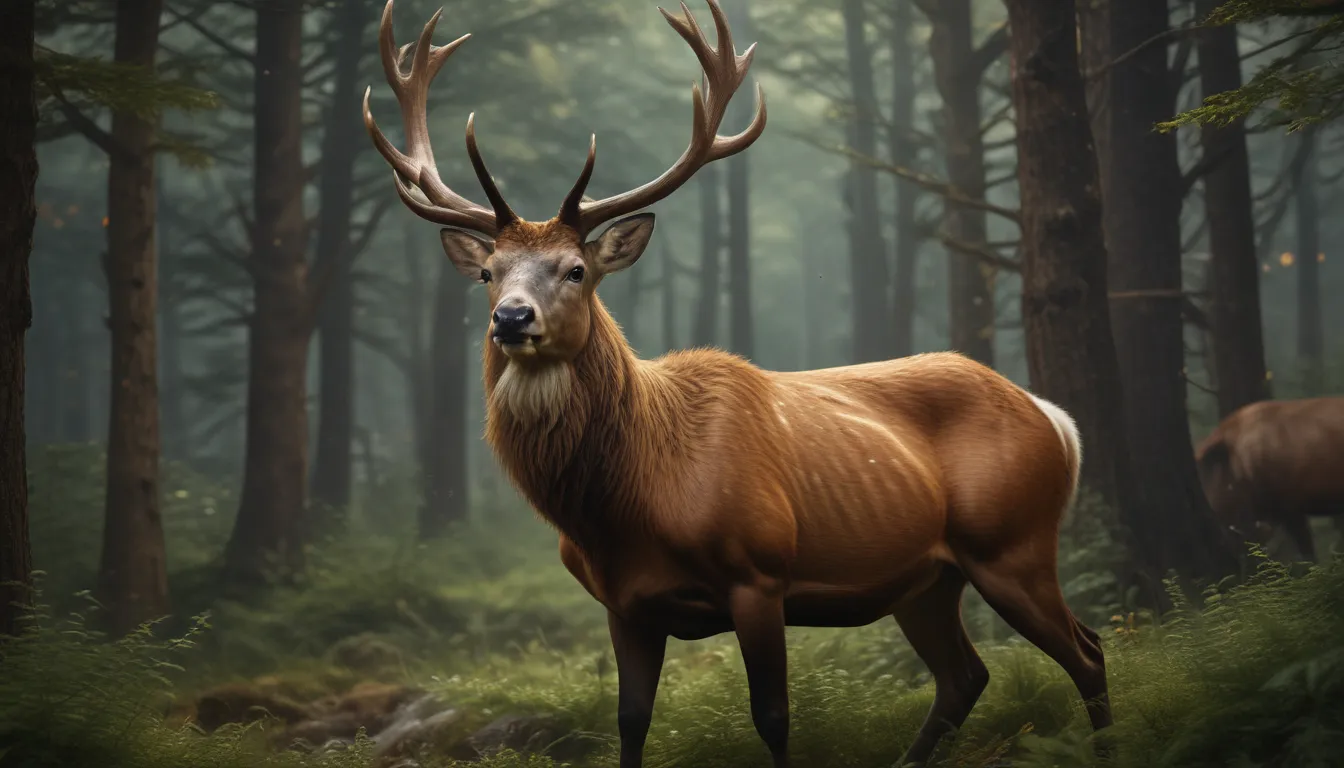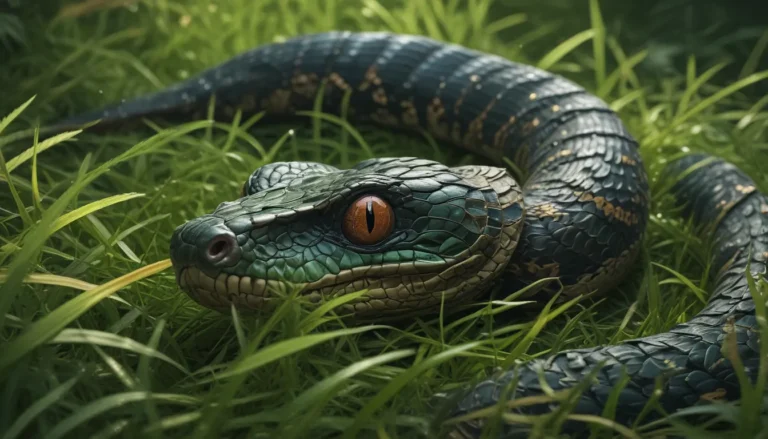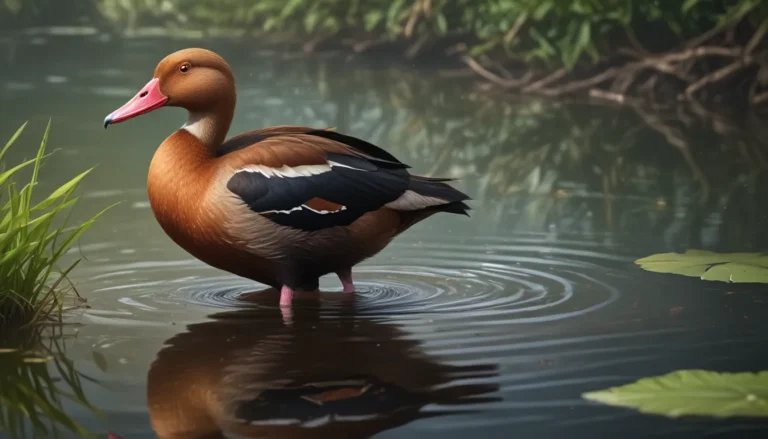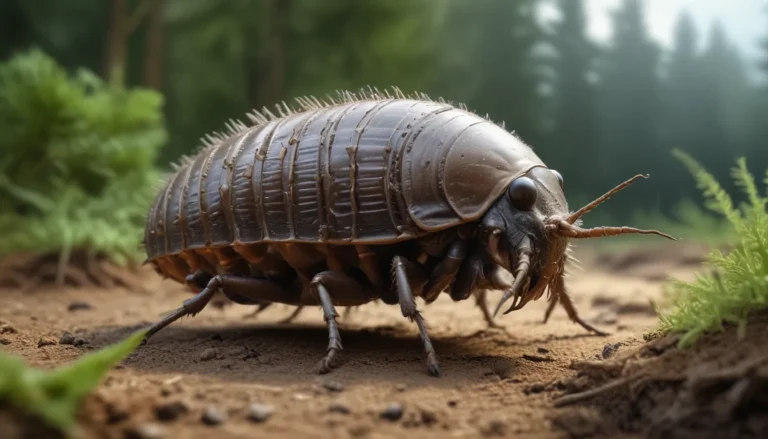The pictures we use in our articles might not show exactly what the words say. We choose these pictures to make you interested in reading more. The pictures work together with the words but don’t take their place. The words still tell you the important facts.
Welcome to the captivating world of stags, also known as male deer, where strength, resilience, and beauty converge to create remarkable beings. Join us on a journey as we explore 17 fascinating facts about these captivating creatures, from their natural habitats to their unique characteristics. Whether you're a nature enthusiast, an avid hunter, or simply curious about the wonders of the animal kingdom, prepare to be amazed by the world of stags.
Majestic Stags: Symbols of Strength and Beauty
Stags, also referred to as bucks, are adult male deer characterized by their majestic antlers. These antlers play a crucial role in display and territorial battles, showcasing the power and majesty of these creatures. Unlike horns, which are permanent, stag antlers are shed and regrown annually, influenced by hormonal changes. During the mating season, stags engage in impressive displays to compete for female attention, including roaring, parallel walks, and antler clashes.
Living in Harmony with Nature: The World of Stags
Stags are not only masters of their domain but also hold impressive traits that aid in their survival. With a strong sense of smell, excellent swimming skills, and the ability to communicate through various vocalizations, these creatures navigate their environments with grace and precision. Their herbivorous diet primarily consists of grass, leaves, and twigs, fueling their bodies for the challenges they face in the wild.
Stags form hierarchical social structures within their populations, determining access to vital resources such as food and potential mates. Their exceptional speed, reaching up to 35 miles per hour, allows them to evade predators and compete during the intense mating season. Despite their imposing presence, stags can also be found in various habitats worldwide, from forests to grasslands and mountainous regions.
The Marvel of Stag Antlers: Weapons of Defense and Dominance
Stag antlers are a marvel of nature, known for their rapid growth rate and multifaceted uses. One of the fastest-growing tissues in the animal kingdom, stag antlers can grow several centimeters per day during peak seasons. Male stags utilize these antlers for defense and dominance, engaging in territorial battles and establishing supremacy within their social hierarchies. Their keen sense of hearing and exceptional vision further aid them in detecting threats and communicating with fellow deer.
Embodying Strength and Nobility: The Symbolism of Stags
Throughout history, stags have held a special place in human culture, symbolizing strength, majesty, and the beauty of the natural world. Revered for their graceful appearance and symbolic representation of power, stags continue to captivate people around the globe. Whether encountered in the wild or admired through artwork and folklore, these magnificent animals evoke a sense of awe and appreciation for the wonders of the natural world.
Conclusion: A Tribute to the Magnificent Stag
In conclusion, the world of stags is a tapestry of wonder and awe, woven with unique characteristics and fascinating behaviors. From their majestic antlers to their intricate social structures, stags embody the essence of strength and beauty in the animal kingdom. So, the next time you encounter a stag in the wild, take a moment to appreciate the grandeur and symbolism these creatures represent.
FAQs: Exploring Common Questions About Stags
- Q: What is a stag?
A: A stag refers to a male deer, known for its impressive antlers and representation of strength and masculinity. - Q: How big are stags?
A: Stags can vary in size but typically reach a height of 4 to 5 feet at the shoulder and weigh between 300 to 500 pounds. - Q: Do all stags have antlers?
A: Yes, only male stags grow antlers, shedding and regrowing them annually. - Q: What do stags eat?
A: Stags are herbivores, primarily consuming grass, leaves, and twigs. - Q: Can stags swim?
A: Yes, stags are capable swimmers, navigating bodies of water to expand their territories. - Q: Are stags endangered?
A: The red deer species, to which stags belong, is listed as of "least concern" in terms of conservation status. - Q: Where can I see stags in the wild?
A: Stags can be found in various habitats worldwide, including forests, woodlands, and open grasslands. - Q: Are stags nocturnal?
A: Stags are crepuscular animals, most active during dawn and dusk. - Q: Are stags aggressive?
A: Stags may exhibit territorial behavior and aggression, especially during the mating season.
Stags enchant us with their majestic presence, symbolizing strength and grace in the natural world. As we delve into the fascinating realm of these creatures, let's appreciate their significance and marvel at the wonders they bring to our lives. From the depths of the forest to the vast expanse of the wild, stags continue to captivate our hearts and inspire our imaginations.






